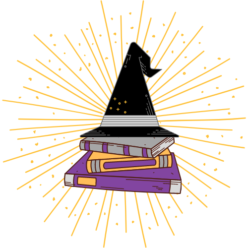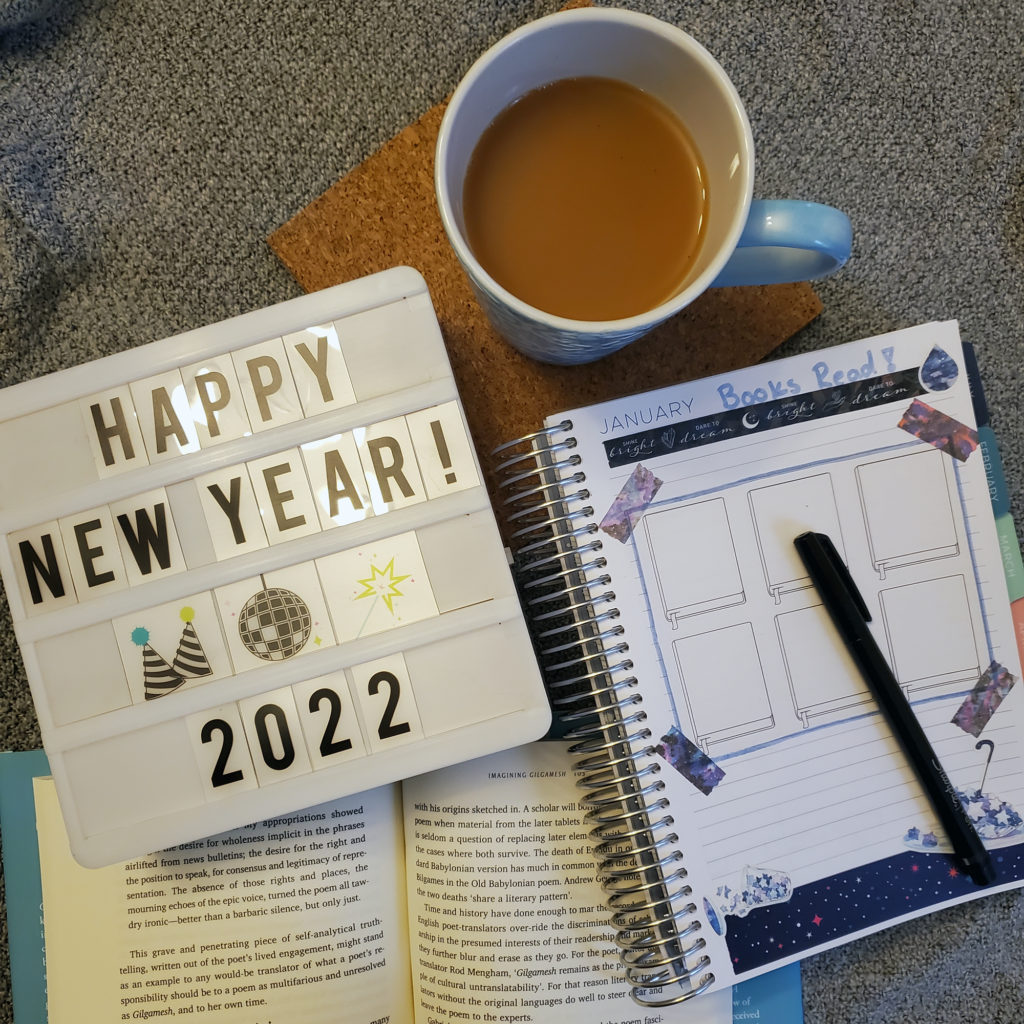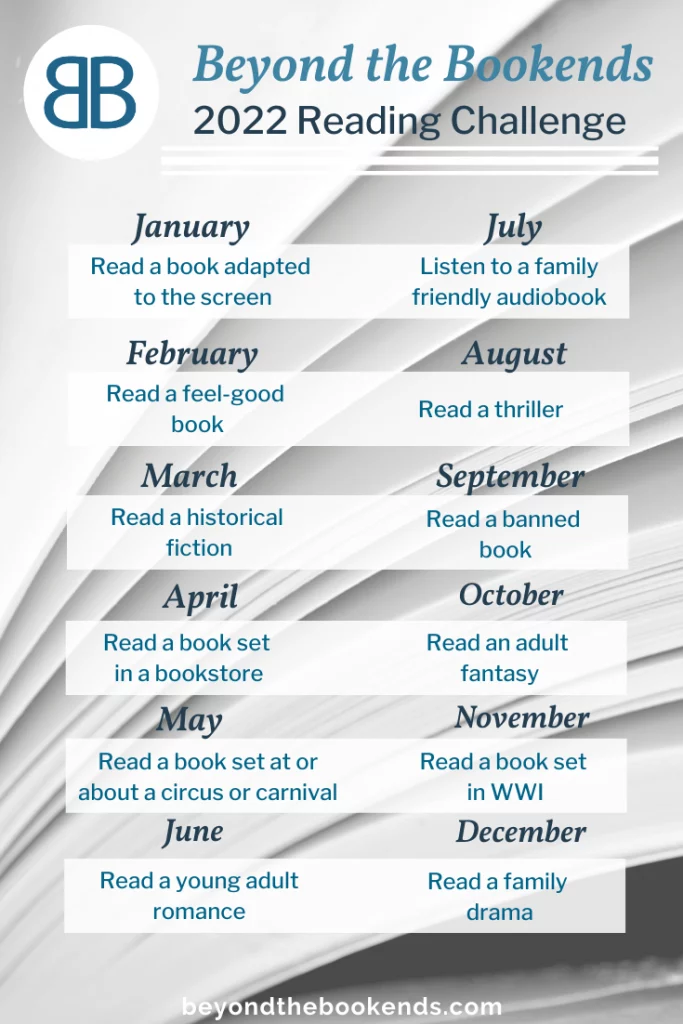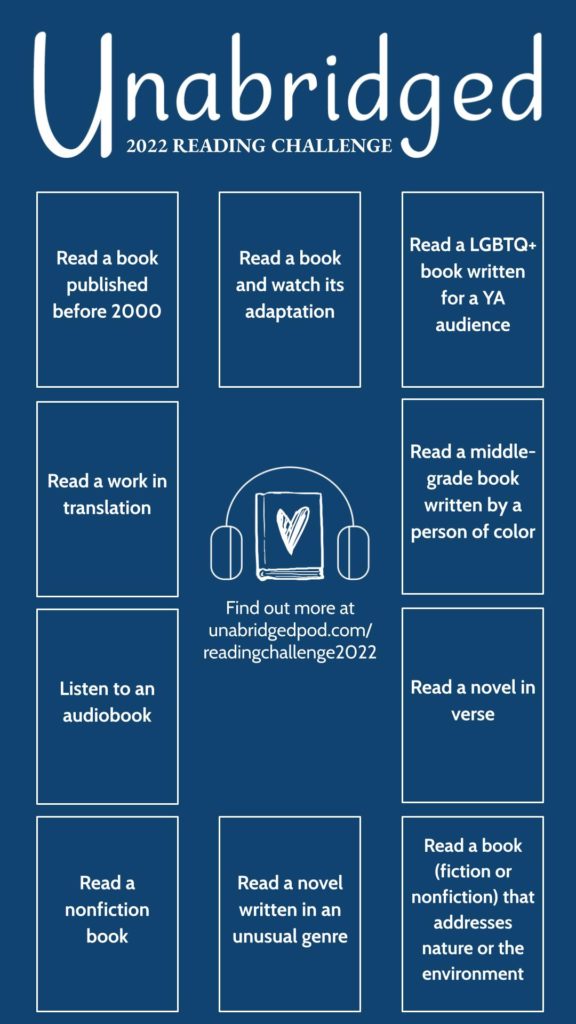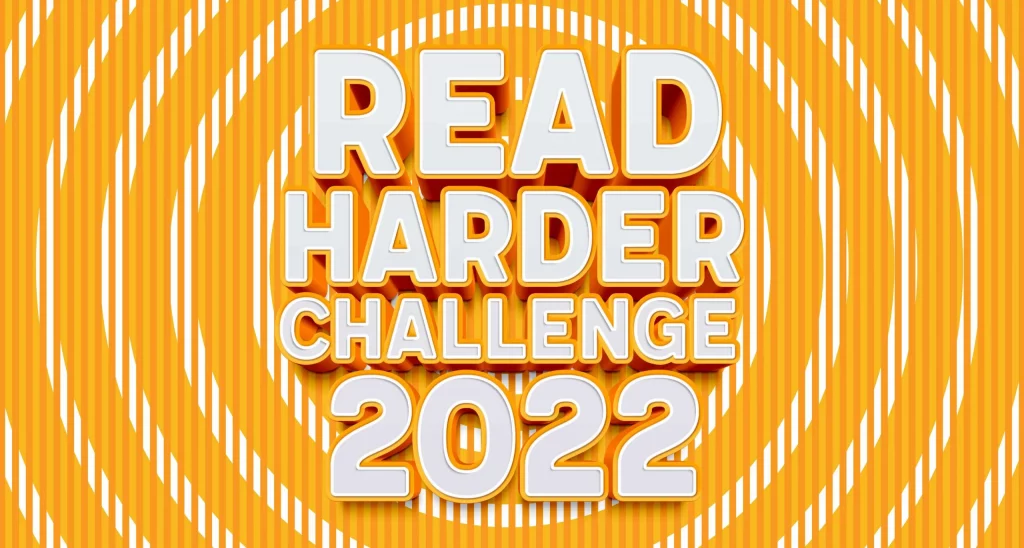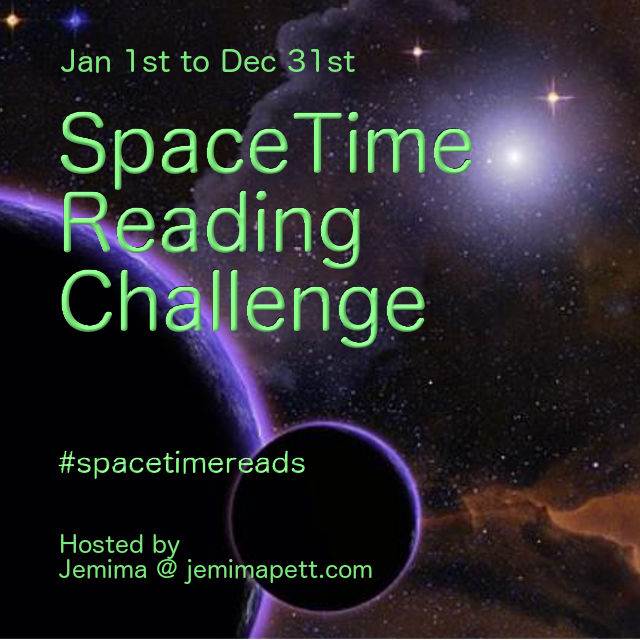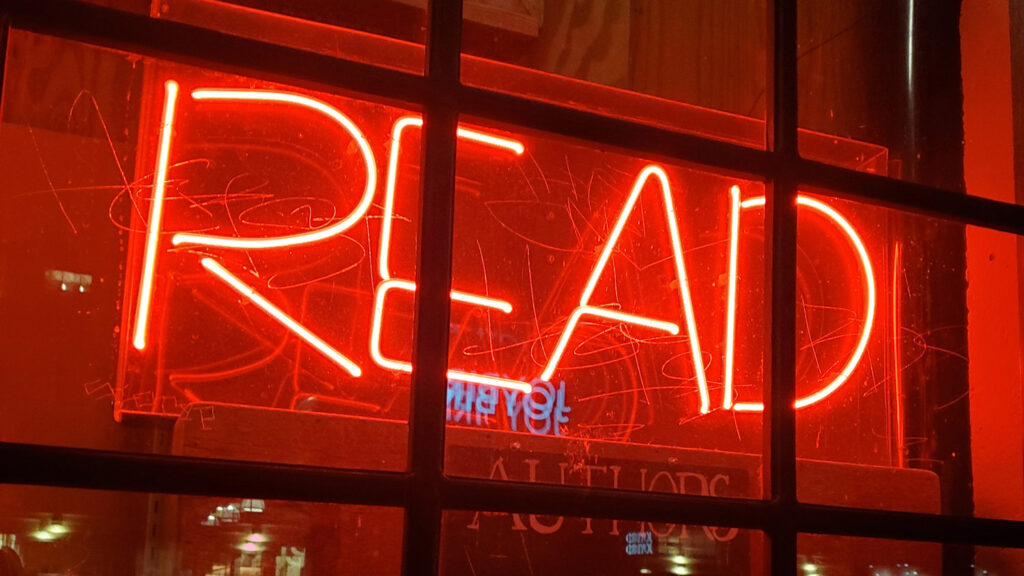
The traditional number-of-books-read-based reading goal is meaningless as a measure of how much you actually read in a year. There. I said it.
On the surface, this kind of reading goal seems like a useful way to encourage more reading. And for some people, it does. For others, it’s nothing but a source of stress. The Goodreads Challenge isn’t supposed to be a competition. But far too many people turn it into one and make others feel bad about how many books they did or did not read.
And what counts as a book, anyway? A novel like War and Peace, certainly. What about a picture book? Does that count? What about an issue of a literary magazine? A graphic novel? A poetry chapbook? What about an omnibus that collects several novels together in one volume? Is that one book, or multiple?
Most people would agree that picture books, poetry collections, and graphic novels are books, but these books are likely to be significantly shorter than many novels. Something like a literary magazine is technically not a “book” because it’s a periodical, but many issues of lit mags are just as long as many novels.
Is it “cheating” to read ten Dr. Seuss books on December 31 because you’re ten books short of your goal? If you read and track single issues of comics, is counting those toward “books read” a cop out? Should you just log the collected edition instead?
It was these questions, along with my growing concerns over the way Amazon uses Goodreads data and the way the site has “enabled the weaponization of displeasure,”* that led me to stop using Goodreads partway into 2021.
Goodbye, Goodreads
Tracking my reading had become a chore that I didn’t look forward to. More than that, the reading challenge made reading itself feel like a chore—something I had to do instead of something I enjoyed doing.
I’m far from the first person who’s felt like this. In an article for Book Riot from 2019, Stacey Megally describes how the Goodreads Reading Challenge stressed her out and sucked the joy out of reading. She asked, “When did I start prioritizing hitting a number over blissfully wandering inside a story—new or old—that I love?”
When I made the decision to abandon my reading challenge in 2021, I felt relieved. I felt free. Suddenly it didn’t matter how I tracked my comic reading or whether I read Narwhal and Jelly for the fifth time.
Only, it had never mattered. I only thought it did because of an arbitrary, ill-defined goal I set for myself out of some misguided notion that I should because I am a Book Person, and that’s what Book People do.
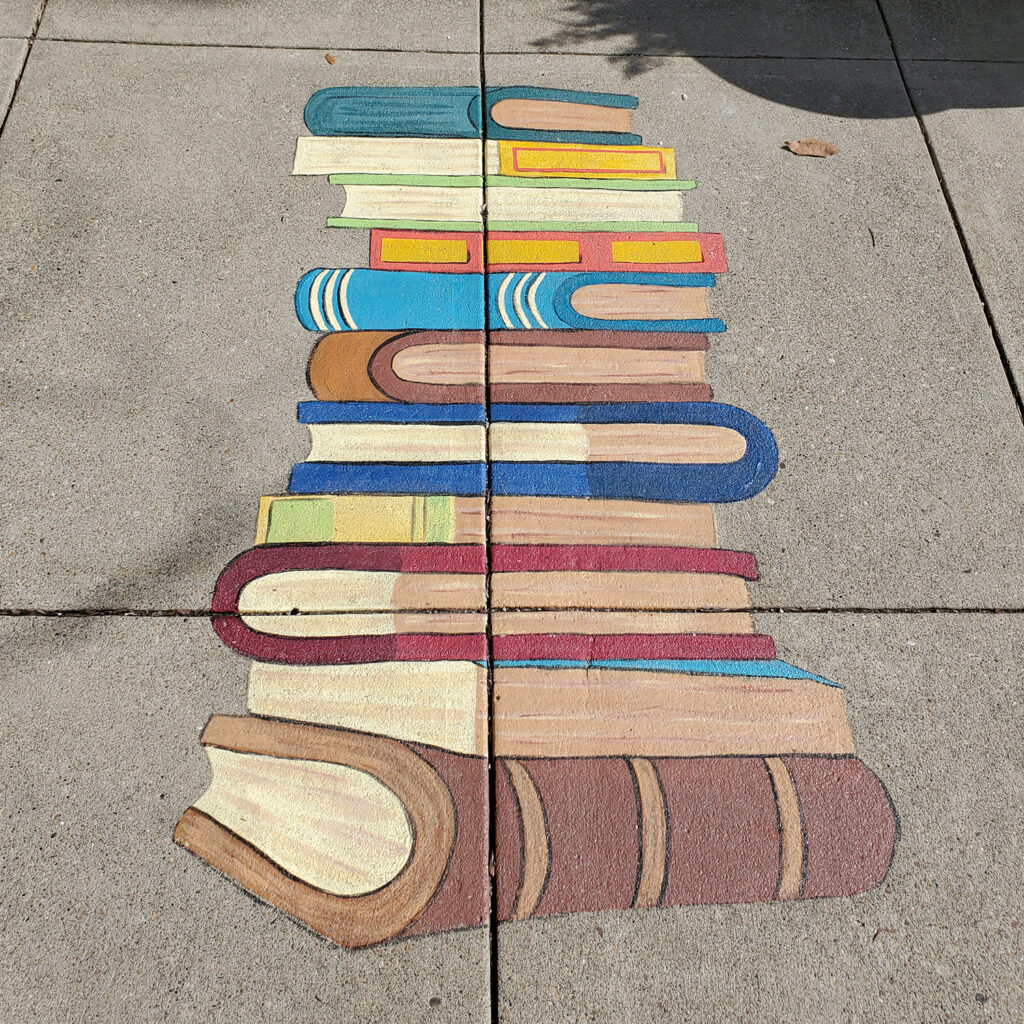
Goals can be motivating as long as they are achievable and realistic. Most people I know who set reading goals do so because they want to read more, or maintain their current level of reading. Others set goals to expand their horizons or learn more about a certain topic. Basing your reading goals on the number of books you read doesn’t necessarily translate into reading more or expanding your reading horizons.
That doesn’t mean we have to abandon reading goals altogether. Here are some alternatives that may help you get the results you want.
Alternate Reading Goal #1: Habit Tracking
This sounds so simple, but if you aren’t satisfied with how often you read, the only way to read more is to, well, make the time to read more. So ff you want to read more, set a time-based goal or a habit goal.
Two options for this are to read for a certain amount of time each day or week (one of those timer bookmarks they make for kids might be useful here) or to create a habit goal where you aim to read on a certain number of days every week (or month, or year).
I have both a habit goal and a time based goal. I strive to read for at least twenty minutes every day. Most days, I exceed that. Some days, I barely hit it. Other days, the only reading I do is listening to an audiobook while I fall asleep.
I don’t use a timer, because for me the point is not to be perfect or exact. The point is to encourage myself to carve out a little time each day for my favorite leisure activity. I do use the Finch self care app to track my reading days.
This hybrid habit/time-based goal helps me reduce mindless scrolling and keep reading as a focus in my life.
Alternate Reading Goal #2: Read Outside Your Comfort Zone
If you want to read outside your comfort zone, try joining a prompt-based reading challenge.
Prompt-based reading challenges ask you to read books that meet certain criteria. “Read a book by a trans author” is one example of a prompt. Book Riot’s Read Harder challenge is the most popular prompt-based challenge, but there are many, many more.
General challenges like Book Riot’s and Popsugar’s will ask you to read books from many different genres, different formats, and with a wide range of criteria. Seasonal challenges and book bingo challenges also abound.
These smaller, more focused options may be a better fit if you have more time during some seasons than others or want to focus on a specific genre. Instagram is a great place to find these. I also detailed a few challenges that work well for speculative fiction in this post.
If you can’t find a challenge that meets your needs, you can always create one yourself from scratch or cobble together a list of prompts from multiple challenges. Don’t forget to check in with your local library; many public libraries also host their own reading challenges beyond the traditional summer reading!
Alternate Reading Goal #3: A TBR Goal
If you want to focus on reading books you already own or have wanted to read forever but never get around to, set a TBR-based goal.
On the surface, this kind of goal may seem similar to the type of number-based challenges I wrote this post to push back against. But it doesn’t have to be!
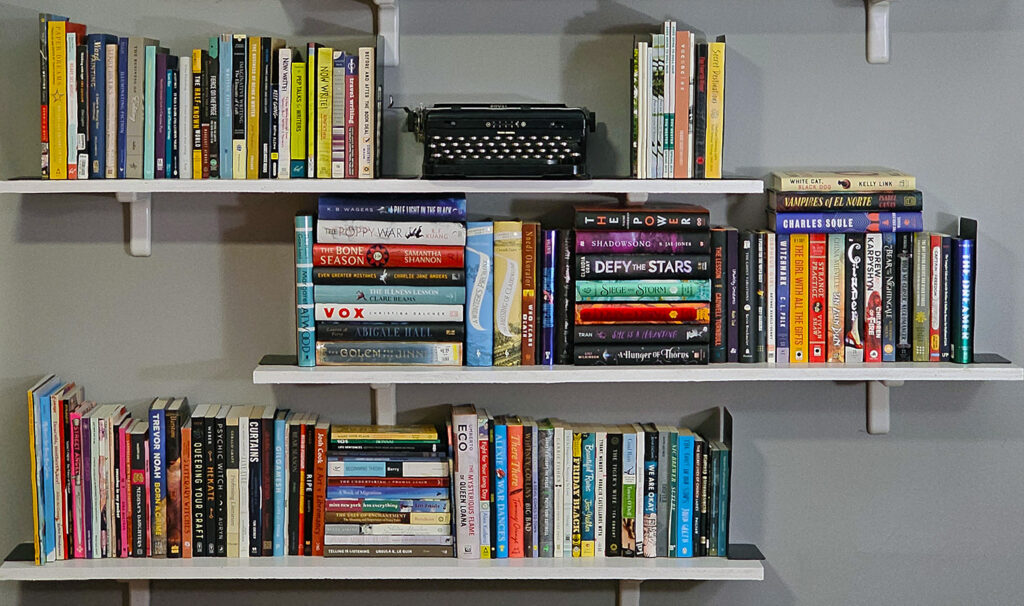
There are a number of ways to approach a TBR-based goal that don’t involve setting yourself an arbitrary number of books to read in a given time period. For example, you could set aside three months where you commit to only reading books on your TBR shelf (whether that is a physical or digital shelf is irrelevant).
Or, you could commit to reading three books (or two, or one) from your list for every book you pick up that wasn’t on your list. You could write down the names of all the books on your TBR shelf on pieces of paper and put them in a jar, then pull one to determine your next read.
Bribery Works, Too
A goal (or rule, I suppose) I’ve used in the past is that if I want to buy a new book, I have to read two books I already own but haven’t read yet. I do set some exceptions for this rule, mostly for new books in series I want to snag first printings of. It’s been a few years since I’ve done this, but it’s worked well to motivate me to finally read books that have been sitting unread for years.
It’s also a nice way to curb excessive book spending and a great time to assess whether or not I’m ever actually going to read the Umberto Eco book I’ve been lugging around since high school and still haven’t read (maybe this is the year?).
This year, my TBR-based goal is to read at least one book from my physical TBR pile each month. Small or large doesn’t matter, and reading two books from the TBR pile in January doesn’t excuse me from having to read one in February! If I manage to stick to this, I should be able to knock off at least twelve books from my TBR while still allowing myself freedom to read other things that interest me.
Conclusion
Reading you do for pleasure and leisure should never be a chore. It should enrich your life, give you an escape from actual chores, and teach you more about yourself and the world. Your reading goal should help you with that, not make you feel bad about yourself.
Perhaps setting a number-based reading goal works for you. If you find yourself dreading opening Goodreads so you don’t see how far behind you are in your reading challenge, maybe it’s time to try something different.
I’ve only listed three alternative options here, but there are so many more—number of pages, spine widths all measured together, colors that appear on the cover. I’m sure you can find something that inspires you to read more and read further without stressing you out.
* From “Let’s Rescue Book Lovers From This Online Hellscape” by Maris Kreizman in the New York Times
What are your reading goals for 2024? Share them with me on Instagram and Bluesky!
